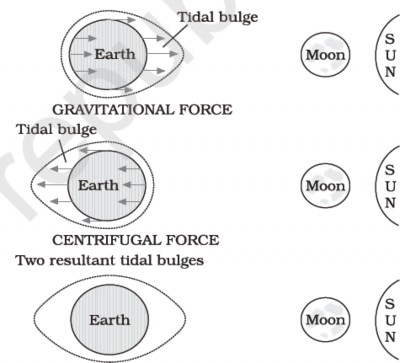Figure 6. Motion of waves and water molecules

The periodical rise and fall of the sea level, once or twice a day, mainly due to the attraction of sun and the moon, is called a tide. Movement of water caused by meteorological effects (winds and atmospheric pressure changes) are called surges. Surges are not regular like tides. The study of tides is very complex, spatially and temporally, as it has great variations in frequency, magnitude and height.
2.2.1. Causes of Tides
The moon’s gravitational pull to a great extent and to a lesser extent the sun’s gravitational pull, are the major causes for the occurrence of tides. Another factor is centrifugal force, which is the force that acts to counterbalance the gravity. Together, the gravitational pull and the centrifugal force are responsible for creating the two major tidal bulges on the earth.

